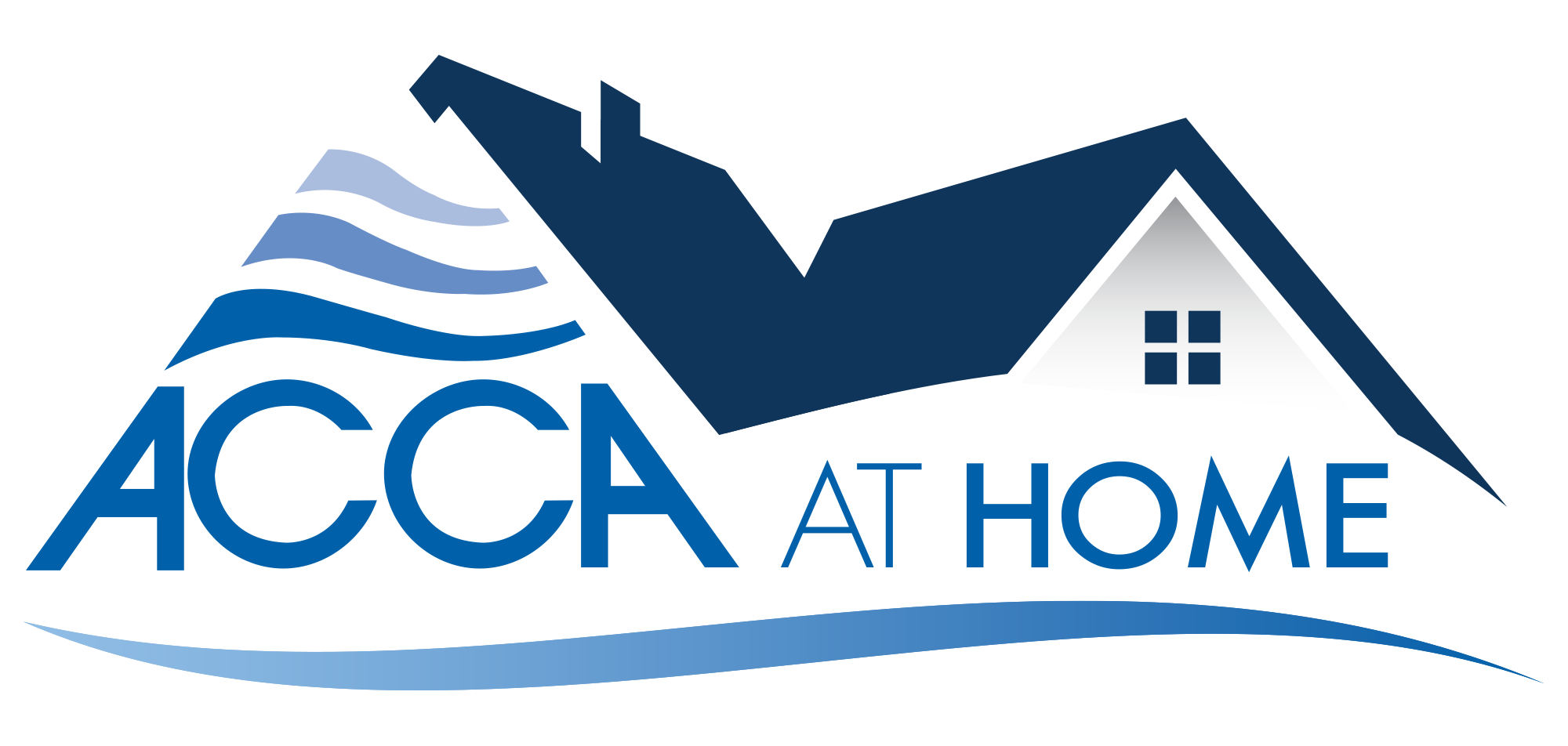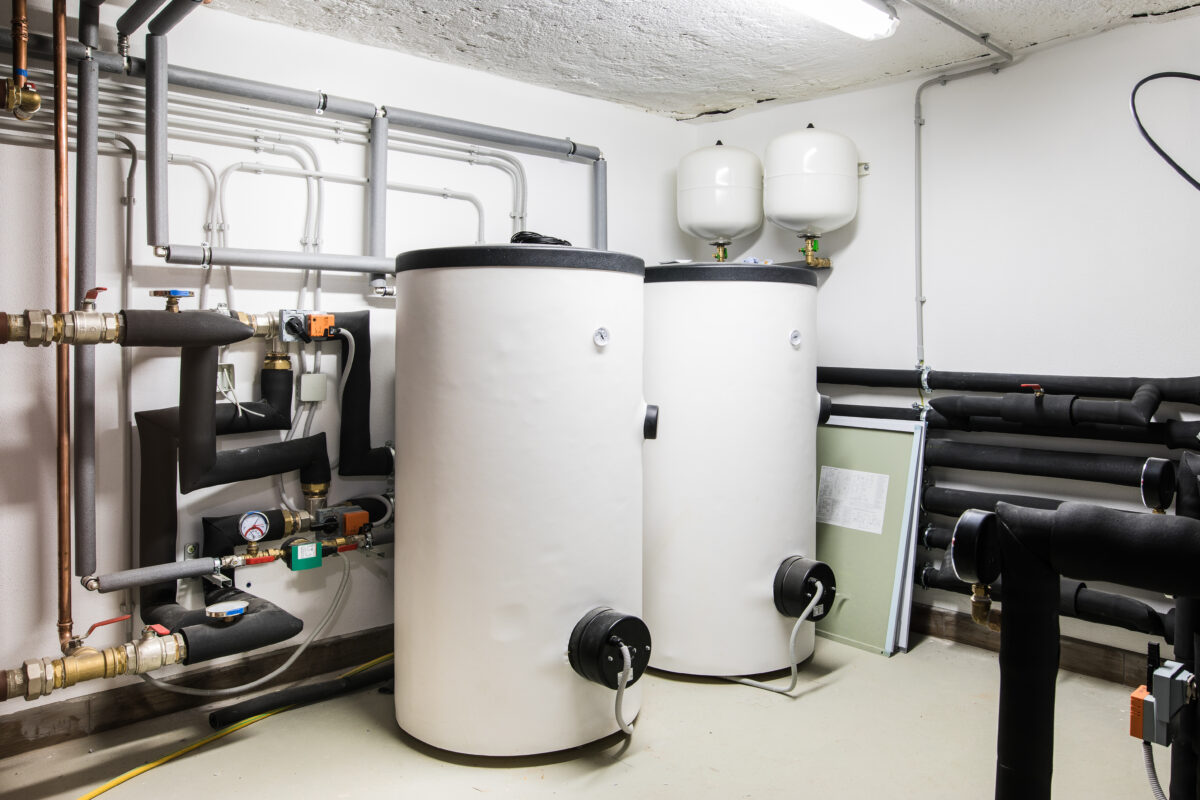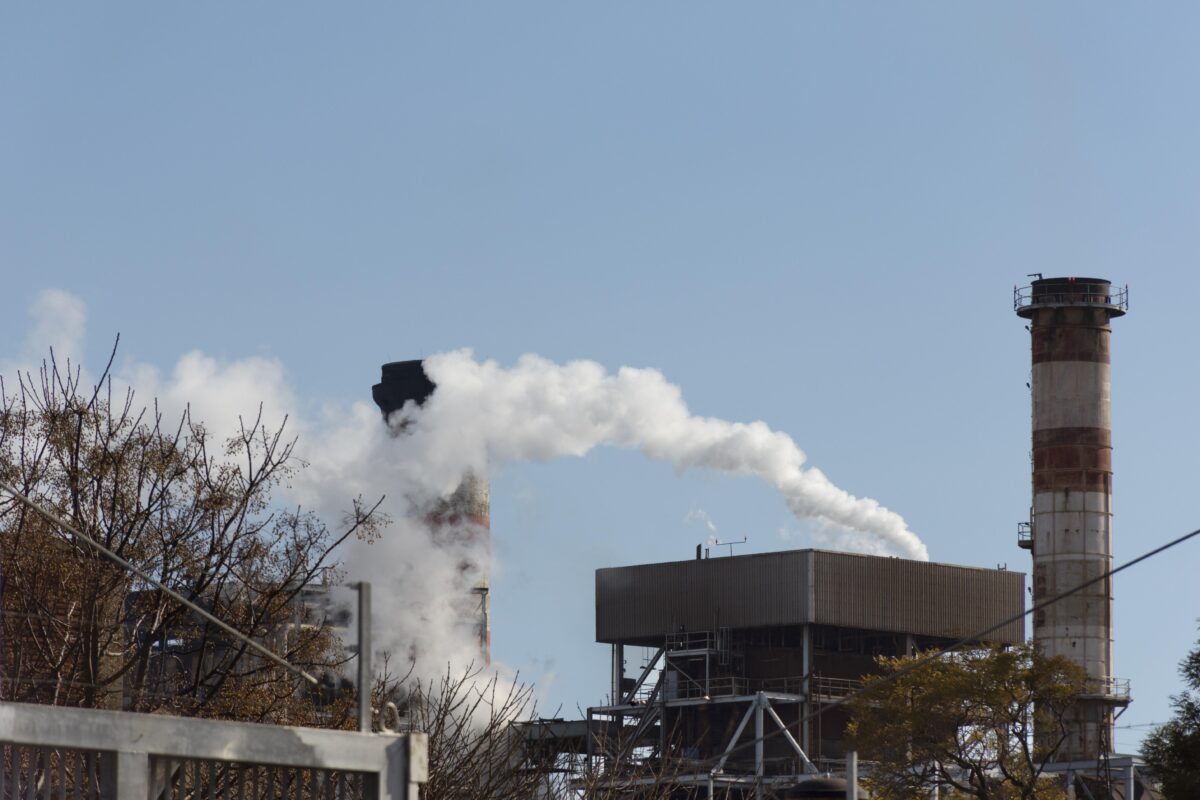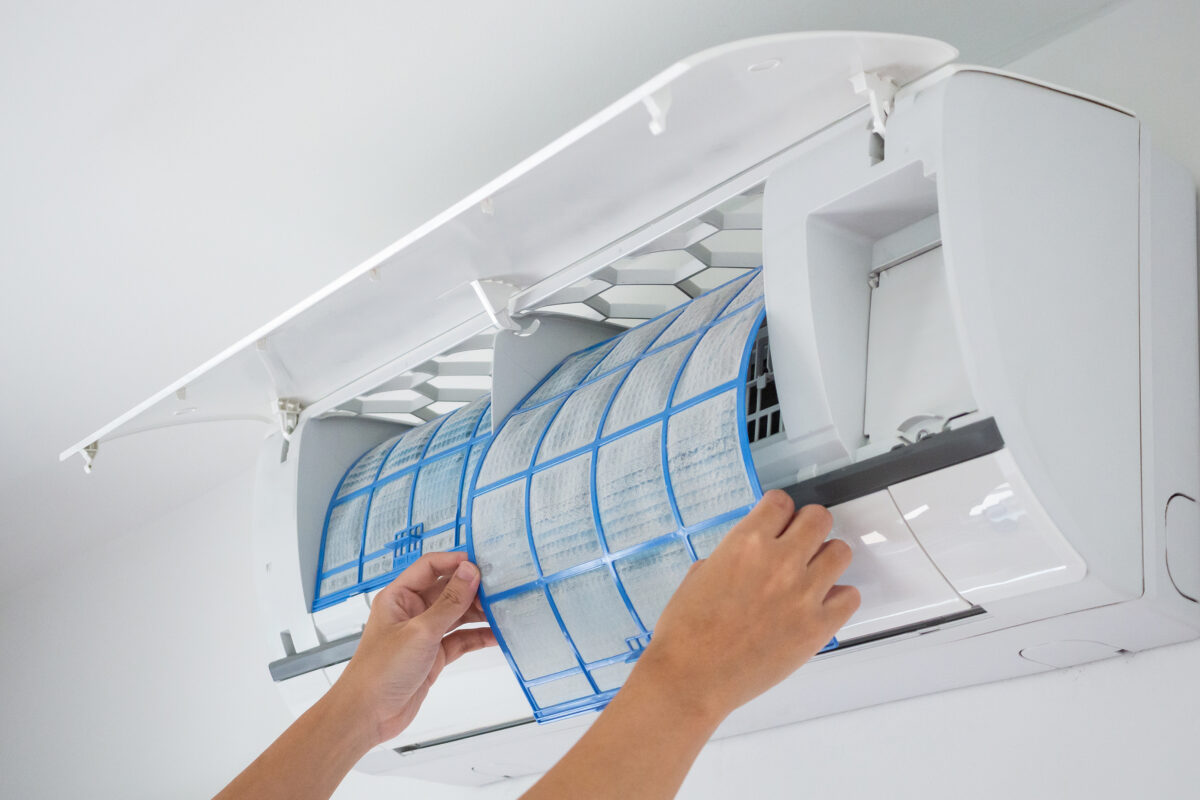In the radiant Southwest, solar heating solutions present a golden opportunity for homeowners to embrace sustainability, save on energy costs, and contribute to a greener future. By harnessing the sun’s power, they not only heat their homes but also empower themselves with knowledge and eco-friendly choices.





